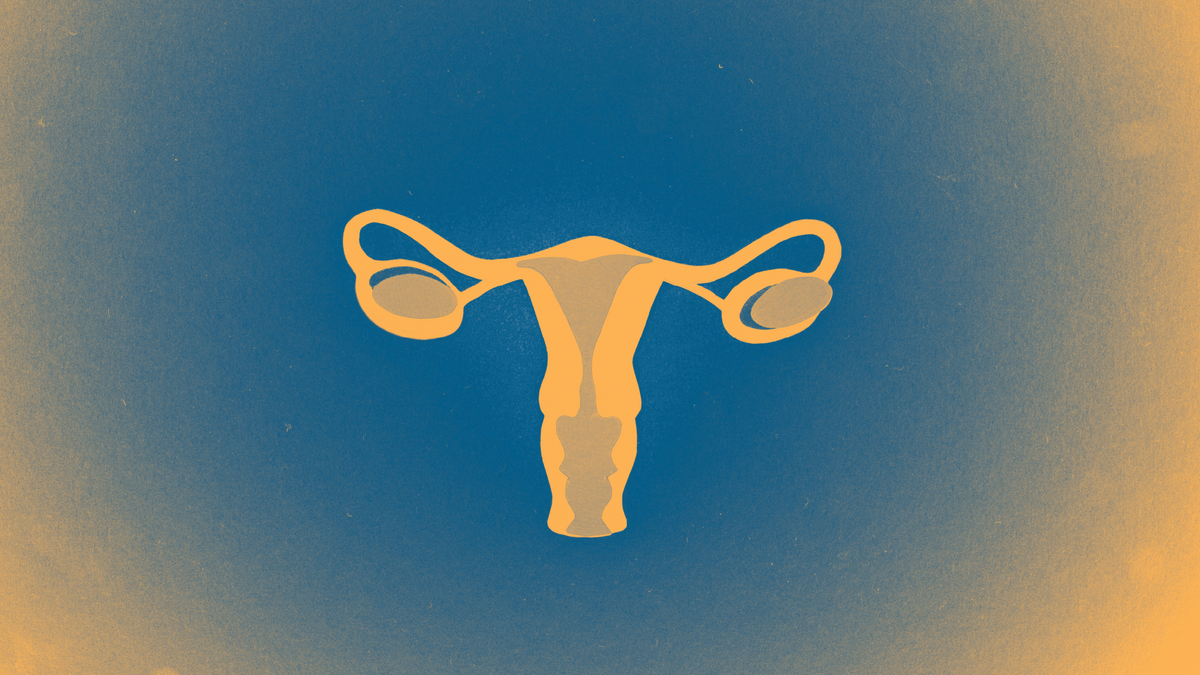False claims that infanticide is legal reemerge
Conversations spiked when several large accounts shared a 2023 video of Gov. Tim Walz signing a state abortion rights law.

Conversations spiked when several large accounts shared a 2023 video of Gov. Tim Walz signing a state abortion rights law.
This past week, online conversations about reproductive health perpetuated the false claim that infanticide is legal under some states’ abortion laws after a video of vice presidential candidate Tim Walz signing a law protecting abortion rights in Minnesota went viral. In other discussions, social media users shared the CDC’s new IUD insertion recommendations, which include a wider range of pain management options.
Persistent false claims about “after birth abortions” reflect ongoing confusion about abortion laws, as well as why and how often abortions later in pregnancy actually occur. This misconception provides an opportunity for public health communicators to debunk these false claims and educate people who are pregnant or may become pregnant about local abortion laws. In response to conversations about IUD insertion guidelines, communicators can recirculate information about birth control and provide updated information about pain management during IUD insertion.

Insights brought to you by the reporters and science writers of Public Good News (PGN), a nonprofit newsroom dedicated to improving community health.
What’s trending nationally in conversations about reproductive health
False claims that killing infants is legal under abortion laws resurfaced last week on X. Several accounts with large followings shared a January 2023 video of Minnesota Governor and vice presidential candidate Tim Walz signing the Protect Reproductive Options (PRO) Act, which codified abortion rights into Minnesota state law. Under the PRO Act, there are no gestational limits or other abortion restrictions in the state. One X post sharing the video included the caption, “Gov. Tim Walz signing abortion bill into law in Minnesota, allowing abortion to take place UP UNTIL THE MOMENT OF BIRTH, for any reason whatsoever, on January 31, 2023. He also signed a bill letting babies die who are BORN ALIVE after a failed abortion.” That post received approximately 2.8 million views, 21,000 likes, 15,000 reposts, and 2,300 comments as of August 13. Some users attempted to debunk the post’s claims, while others expressed outrage at Governor Walz and abortion rights advocates for supporting so-called “murder.”
On August 8, the CDC released new guidance for health care providers on pain management during IUD insertion. The updated recommendations emphasize that providers and patients should make choices about pain management based on “shared decision-making” and include a range of pain management options for the procedure. Previously, lidocaine shots were the only anesthetic option mentioned in CDC guidance. These recommendations were released after a years-long social media trend of people sharing their painful experiences with IUD insertion. The CDC’s updated guidance spread quickly across social media platforms and news websites. Many social media users expressed relief that IUD insertion may be less painful for patients in the future and credited social media users who shared their experiences with initiating this change.

Recommendations brought to you by the health communication experts behind Infodemiology.com.
Recommendations for public health professionals
Each week, the Infodemiology.com team will provide messaging recommendations in response to some of the trending narratives outlined above. These helpful tips can be used when creating content, updating web and FAQ pages, and developing strategy for messaging about reproductive health.
False claims about “after birth abortions” may prompt questions about abortion laws. Communicators may reiterate that no state has ever passed a law allowing people to kill infants after birth. Explaining that abortions at or after 21 weeks are only legal in some states and represent only 1 percent of abortions in the U.S. is recommended. Talking points may emphasize that abortions later in pregnancy typically occur when there are concerns about fetal anomalies, when the pregnant person’s life is in danger, or when the pregnant person has faced significant barriers to abortion. Stay up to date on abortion gestational limits in your state with this fact sheet.
Conversations about the CDC’s updated IUD insertion guidelines provide an opportunity to recirculate information about birth control options, including hormonal and non-hormonal IUDs, and update IUD-related materials to include the CDC’s new pain management recommendations. Including tips for discussing pain management and sexual trauma history with health care providers before IUD insertion is recommended.
